Edinburgh Wetherspoon pubs: The history and stories behind the buildings which house Wetherspoons pubs in Edinburgh
and live on Freeview channel 276
In Edinburgh, a Victorian railway ticket office, a grand bank with its original vault and a former picture house are among the interesting buildings to have been bought over and transformed by the chain.
Here are the fascinating stories behind the buildings and their inspirations.
The Booking Office, Waverley Bridge
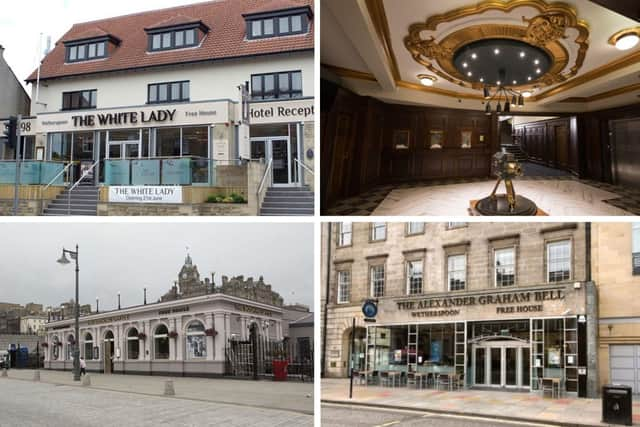

Advertisement
Hide AdAdvertisement
Hide AdIn 1846, Edinburgh General Station - now Waverley - was built. Little remains of the original station building, but the booking office, which later became the parcels office, still stands at street level on Waverley Bridge.
The building served as a parcels office until 1984 and has been remodelled many times since then. The grade A listed facade was even altered when it was converted into a licensed premises and became a restaurant.
It was later bought by J D Wetherspoon and refurbished before it opened in March 2016.
Much of the decor in the pub harkens back to the building’s past, with luggage tags, railway posters and old photographs on the walls.
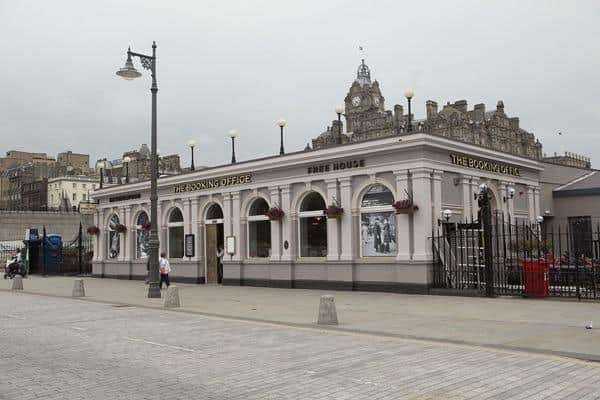

Advertisement
Hide AdAdvertisement
Hide AdVisitors can also see a replica of the mosaic which was in the original Waverley booking hall.
The Alexander Graham Bell, George Street
Alexander Graham Bell, the inventor of the telephone, was born just around the corner from this pub at 16 South Charlotte Street. In just three minutes, visitors to the pub can walk to his birthplace and see an inscribed stone beside the doorway.
Bell first introduced his invention of the telephone - which would go on to change the world - in 1876 while he worked as a professor at Boston University.
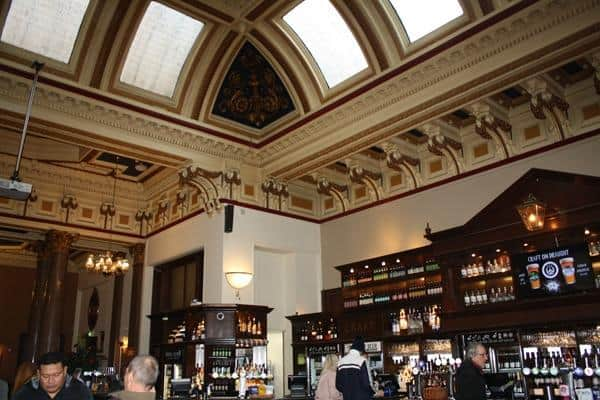

He returned to his native city on visits and was made a Freeman of Edinburgh in 1920.
Advertisement
Hide AdAdvertisement
Hide AdMany old telephones and drawings of Bell’s inventions are on the walls of the pub along with photographs of him and other notable figures who were from and lived in Edinburgh
The Standing Order, George Street
Within just a few minutes, any visitors to The Standing Order will be able to see that the pub’s origin was as a bank.
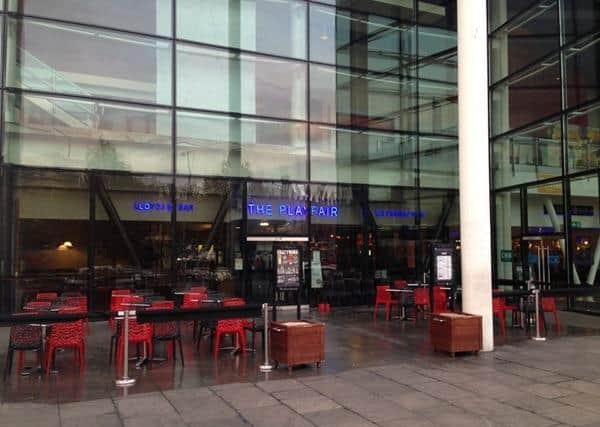

Not only does the name give away its former use as the Union Bank of Scotland, but the sculpture of a bank manager holding a briefcase full of money titled Money, Money, Money also hints to its past.
The grade A listed building was designed by David Bryce between 1874 and 1878 and is in a neo-classical style. The plans were later completed by Bryce’s nephew John.
Advertisement
Hide AdAdvertisement
Hide AdOne of the main dining areas of the pub also contains an original CHUBB vault with markings inside dating from 1968.
The Playfair, Leith Walk
Located at the Omni Centre in Leith Walk, The Playfair is named after Edinburgh architect William Henry Playfair
Playfair is responsible for some of the New Town’s finest architecture, including the National Monument on Calton Hill overlooking the pub.
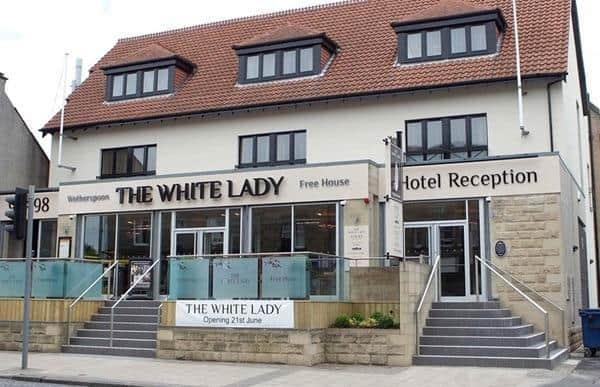

It was Playfair who earned Edinburgh its title of ‘the Athens of the north’ due to his classical-style buildings including the Royal Scottish Academy and the National Gallery of Scotland.
Advertisement
Hide AdAdvertisement
Hide AdImages of these buildings are on display at the pub as well as a short history of its namesake.
The White Lady, St John’s Road
A spooky ghost story inspired the name of this Wetherspoons pub, which lies close to the site of the former Corstorphine Castle.
The road to the castle used to be lined by sycamore trees - only one of which survived until it was blown down in the winter storms in 1998.
The famous tree was more than 55 feet high and had a perimeter of more than 12 feet.
Advertisement
Hide AdAdvertisement
Hide AdIn August 1679, James, Lord Forrester was murdered with his own sword beside the tree by his mistress Christian Nimmo.
Nimmo’s ghost, known as The White Lady, is said to haunt the spot where she killed her lover.
The Caley Picture House, Lothian Road
Located in Lothian Road, this grade B listed former cinema opened on January 1 1923 with a showing of silent film Game of Life.
Five years later, the building was enlarged for the introduction of talking pictures - or ‘talkies’.
Advertisement
Hide AdAdvertisement
Hide AdThe last picture show was shown at the cinema in 1984, after which point the building became a nightclub and live music venue.
Called the Caley Palais and later renamed Century 2000 and Revolution, the venue saw many big names in music take to the stage, including Pink Floyd, Queen and The Smiths.
The venue closed after a farewell party on Hogmanay 2013.
The Foot of the Walk, Constitution Street
This Wetherspoon pub takes its name from its location at the end of Leith Walk. The street was originally laid out as a pedestrian route to and from Edinburgh.
This part of the street became the hub of Leith, where several important streets met.
Advertisement
Hide AdAdvertisement
Hide AdThe pub’s building opened at this important junction as the 2,000-seat Palace picture house.
The last film to be shown at the Palace was Trouble with Angels in 1966 starring 20-year-old Hayley Mills.
The cinema was later converted for use as a snooker hall.
The David Macbeth Moir, Musselburgh
This East Lothian pub is named after a man who served Musselburgh throughout his life as both ‘a friend and doctor’.
His statue stands by the stone bridge of the Esk looking down the High Street, not far from the pub itself.
Advertisement
Hide AdAdvertisement
Hide AdThe monument was erected in 1853, just two years after he died due to injuries sustained while dismounting his horse.
Charles Dickens was one of the many subscribers who paid for the memorial to the much-loved citizen, who was also a well-known author and poet.
The NewYearField, Livingston
Located in Livingston’s Almondvale Avenue, this pub’s unusual name is inspired the town’s former use as a royal hunting lodge.
One thousand years before it was designated a ‘New Town’ in 1962, the kings of Scotland chose the sheltered valley as the site for hunting by kings and noblemen, with game ranging from red deer to wild boar and hare.
Advertisement
Hide AdAdvertisement
Hide AdThe name ‘Newyearfield’ harkens back to Livingston’s place in history as the site where Scotland’s early medieval monarchs chose to enjoy the first hunt of the year.
In those days, the Scottish new year was celebrated on April 1.
Comment Guidelines
National World encourages reader discussion on our stories. User feedback, insights and back-and-forth exchanges add a rich layer of context to reporting. Please review our Community Guidelines before commenting.